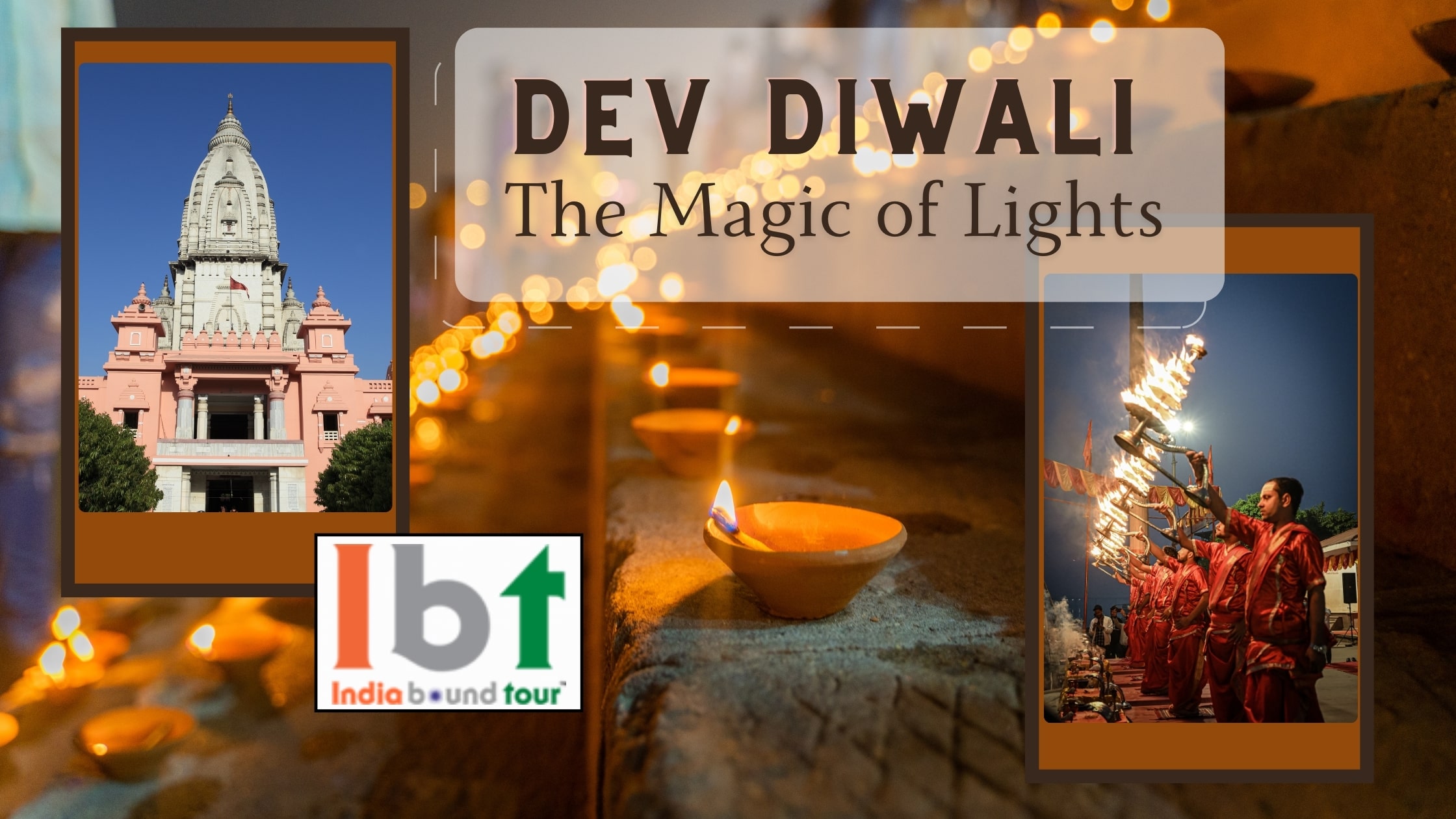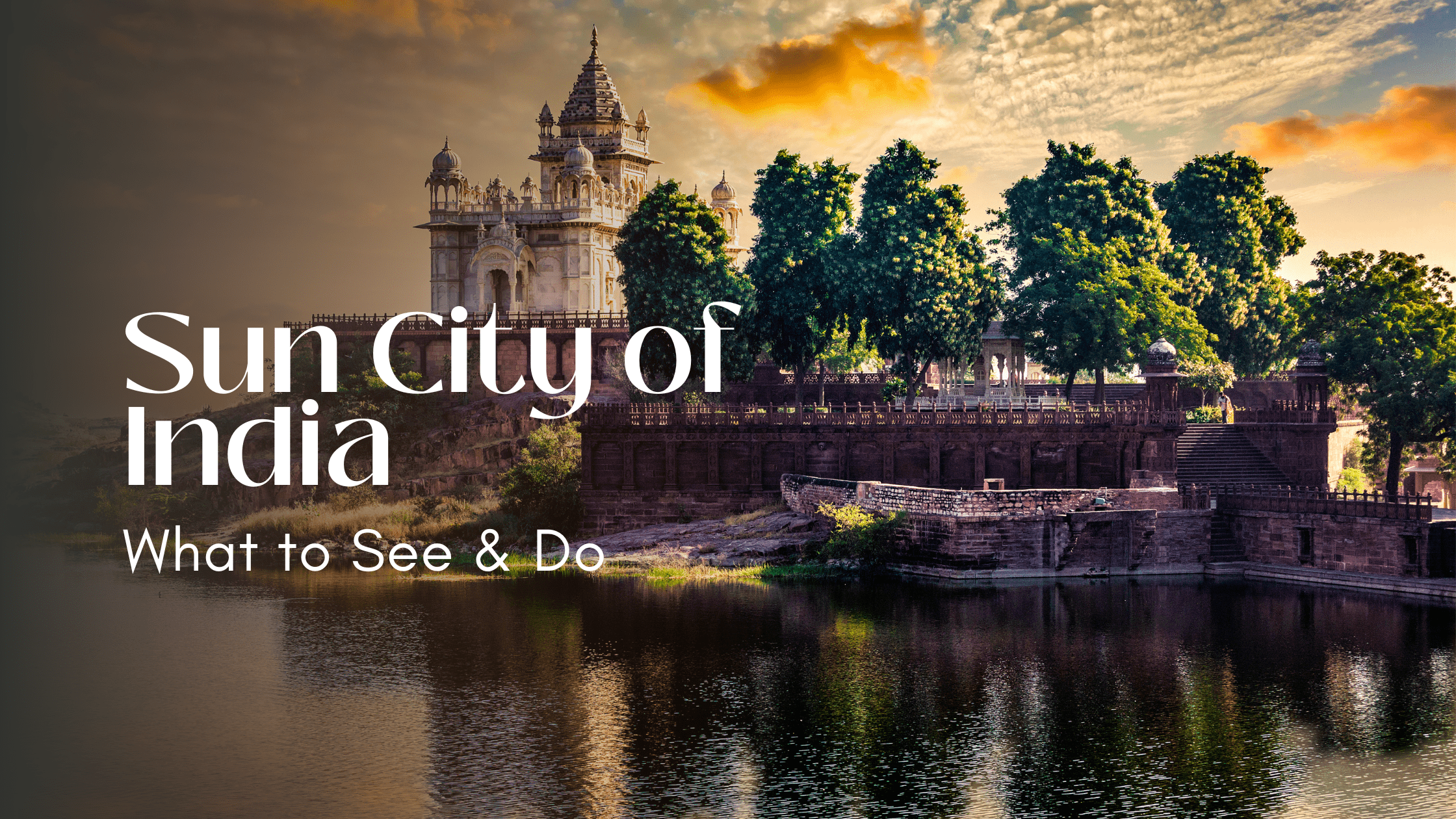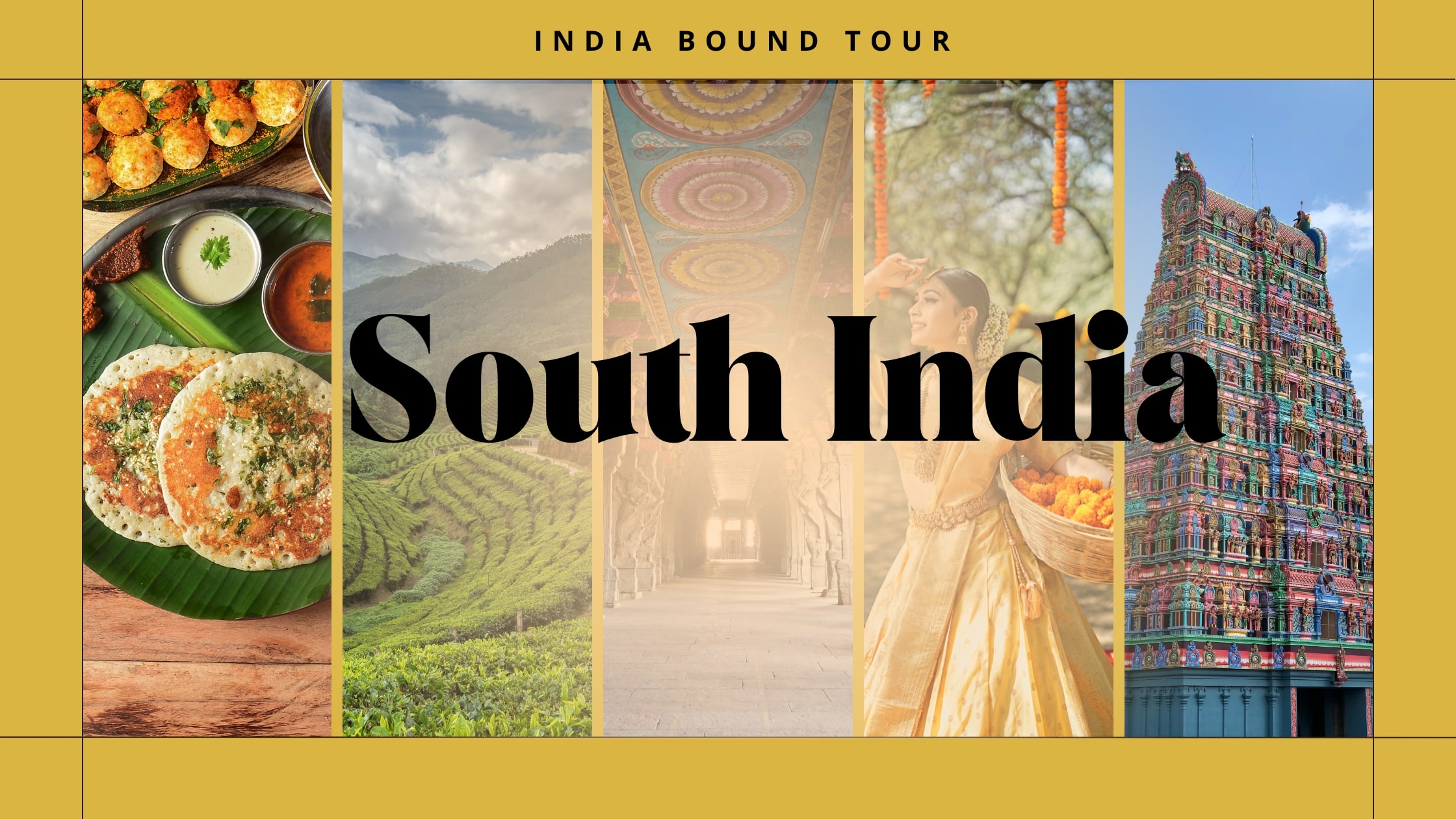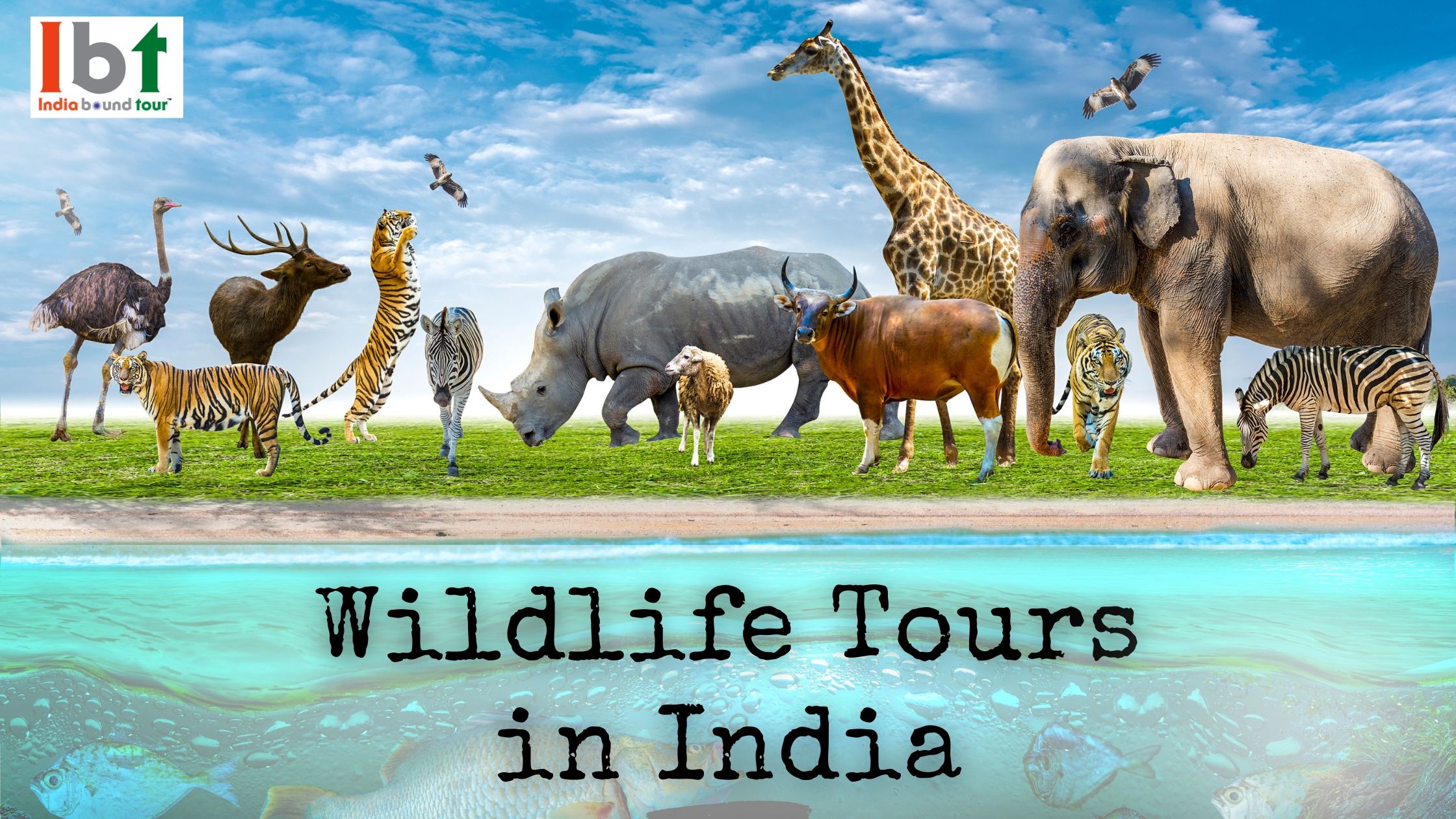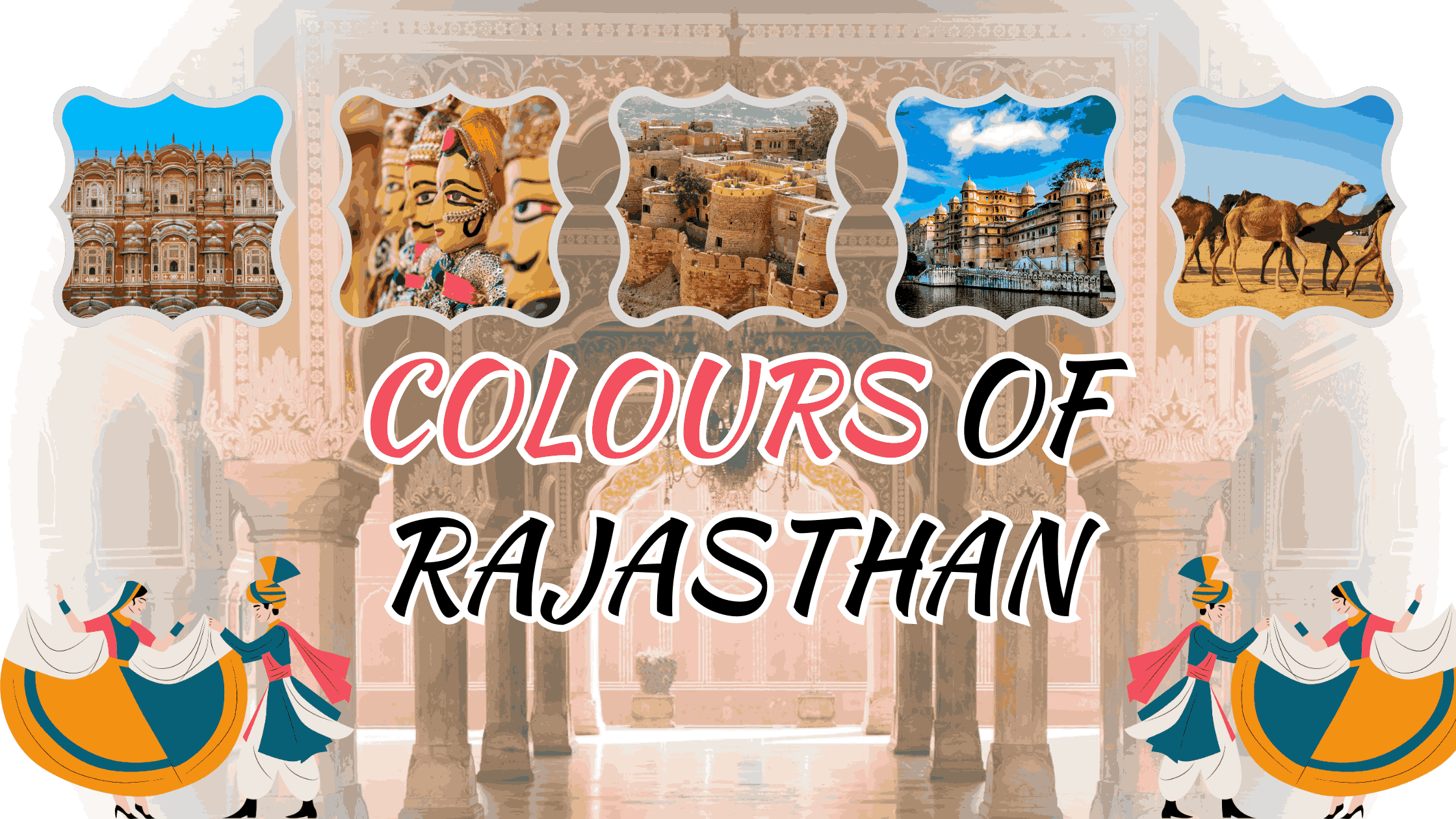Introduction
Overview
Deep Deepawali changes the city of Varanasi into a fabulous city. This camp is also filled with millions of ideas that light up the ghats, the temples, and the river with a warm golden hue.
Brahmans are called to perform puja and people offer prayers as it is believed that gods come onto earth on this holy day. This festival begins by blowing conch shells, ringing bells, and reciting hymns setting the tone of the celebrations.
The various forms of celebration include the lighting of diyas and what is popularly known as Ganga Aarti which is a ritual that is performed on the river bank where the priests flare large lamps in line with the flow of the river, the beating of drums, and the aroma of incense.
History & Culture
Deepa means a lamp and Deepawali means the row of Deepa hence the celebration is believed to have its roots in the ancient Hindu scriptures. There is a folk tale that there was a demon named Tripurasura who posed a threat to the gods and the festival is said to be marking Lord Shiva’s triumph over the demon.
As per the belief on this day, all the gods come to earth to take a bath in the river Ganges and to celebrate the victory of Shiva. Especially Varanasi, the city of Shiva, turned into the centre of these celebrations.
In cultural terms, the main subjects are purification, renewal, and the ageless fight between light and darkness. It represents a belief that was harmoniously rooted in the culture that with light comes good and with darkness comes evil, ignorance, and sin.
Must-Visit/Top Attractions
Things To Do
Here are the many things that one can engage in to feel the sacredness that comes with Deep Deepawali: One should begin his / her day right, by taking a boat ride over the Ganges particularly early morning when the sun is rising and the river is indeed alive with the activities and rituals conducted at the ghats. In the evening go to Dashashwamedh Ghat for a Ganges Arti as you float a diya on the river, it symbolises rejecting all that is unpleasant.
Discover the markets of Varanasi, woven with a variety of different products, such as local handicrafts, sweets, and souvenirs, telling about the history of the city. Do not let this opportunity go, to taste the real Varanasi’s food – kachori-sabzi, which is something to do more often during the festive days.
Practical Tips for Travelers
Deep Deepawali is a peak season for tourism in Varanasi, and hence, the travellers who wish to visit there during this time should be prepared to pay a premium fare as well as book their accommodation in advance.
Always prefer shoes that are comfortable to walk in because Varanasi involves a considerable amount of walking especially while moving around the ghats and the narrow lanes of the city. Proper dressing should be observed and getting dressed according to the culture of the area is important while attending any temple or participating in any rituals.
Insisting to be armed with cash is advisable, most of the small business entities' vendors do not accept cards. Pay attention to the crowd present and ensure personal effects are well protected. To fully appreciate the event, it is advisable to get to the ghats early enough in the evening to be able to get a good view of the event.
Nearby Attractions
Varanasi is indeed one of India’s finest cities, so when in Varanasi, do visit the places that are religiously and culturally significant.
Sarnath which is just about thirty kilometres away is one of the popular major Buddhist circuits where Lord Buddha gave his first sermon.It presents the visitors with the Royal flavour of the city with a museum having old-fashioned cars, mediaeval costumes, and manuscripts.
For nature lovers, the Chunar Fort near the Ganges is recommended because of the view it offers as well as historical interest.
Another attraction is ‘Bodh Gaya’ which is famous for Gautama Buddha, the place where he has taken enlightenment under the Bodhi Tree.
Also, walking around the other non prominent ghats like the burning ghat- Manikarnika, and Scindia provides more exposure to the essence of the Godly city of Varanasi.
Connectivity with Major Cities
Varanasi has good accessibility to other cities in the country with well-developed networks of air, rail, and road transport.
Lal Bahadur Shastri International Airport in Varanasi has connecting transport services to several big cities in India including Delhi, Mumbai, Kolkata, Bangalore, etc.
If one is planning to travel by train then Varanasi Junction and Kashi Railway Station are two important stations of Varanasi representing connectivity for all the important cities of the country.
Road transport has many options through buses and taxis and nearby cities are Allahabad, Lucknow, Patna, etc.
The carriages of auto rickshaws, cycle rickshaws, and taxis predominate the streets of the city making it possible to negotiate yourself around the vibrant city that is Varanasi.
Conclusion
Deep Deepawali is not only a festival, but it is the mystical aura that can be well felt and seen in Varanasi which is known for its religious history. The beauty of thousands of diyas twinkling in the water of the Ganges, the voice of prayers, and cultural programs make them out to be magical ones.
Everyone seems to be pulled in by the religious and cultural aspects, the shiny lights, and the exotic experience that Deep Deepavali offers in terms of a trip back to experience the traditions of India for what they are.
Therefore for those who are interested in touching the cultural and spiritual aspects of India, then taking part in Deep Deepawali by visiting Varanasi is a bonus.


